Hybrid Work: what we learned at our hack-a-thon
Hacking the Hybrid Hairball
Hybrid work has become one of the most contentious issues facing the workplace today. Employers, employees and organizations are struggling with how to balance the desire for remote work and flexibility with productivity and workplace culture.
Some companies are trying to pull everyone back to the office while others are trying to find a way to navigate the paradox of a hybrid arrangement. This has massive implications for our workplaces, our home life, our community life, our commuting patterns, and the social and productivity dimensions of work. It affects everyone. And it is a paradox. And that’s cool because paradoxes don’t yield yes or no, right or left answers, they are puzzles that require creative and responsive pathfinding.
Recently, we held a critical thinking workshop called “Hacking the Hybrid Hairball” to help those in attendance work through this complex issue. There was a great turnout with representatives from all industries including municipal government, oil and gas and human resources consulting.
We broke the room down into small focus groups - a mix of different employees, leaders and organizations - and spent time on accurately “setting” (not solving) the problem and then working through a decision-making matrix which proved to be incredibly insightful for the people in attendance.
Here’s the framework that you may find helpful and be able to apply to your own complex problems - whether that be hybrid work or some other juggernaut you’ve been struggling to solve.
Fall in love with the problem or with the potential
We tend to skip over clarifying the problem or the potential. This leads to focusing on quick fixes to relieve the pain instead of understanding the complexity. Although understanding the complexity might seem like a lot of work, there’s a way to make it easy:
Empathy Analysis – understand everyone’s point of view
System Analysis – understand the barriers to fixing the problem
Develop a Problem Statement ( five words or less )
If you find people get hung up on the problem they are trying to understand, move them to the potential they would like to see realized. This can move people away from some common thinking traps and biases and pull them toward understanding a new state
2. Trust the solution
Our environment changes quickly! That means we need to become more adaptive and spend less time trying to come up with the perfect solution. If you spend enough time understanding the problem, then solutions should come easily.
Use constraints – Find the right constraint for the problem eg., “if we had to solve this today…”
Divergent thinking – Collect as many perspectives and ideas as possible to open up possibilities
3. Explore the future
This might feel uncomfortable at the beginning. That’s the point! If you take the time you saved on finding solutions and exploring them instead, they stand a better chance of surviving while not wasting time on the ones that don’t measure up. Even the best ideas die if they’re not future-fit.
Identify unintended consequences – get yourself thinking ahead and working backward
Develop decision-making criteria – is it adaptable, new, useable and feasible? (ANUF is enough - don’t overthink it)
Ultimately, a ‘one size fits all’ approach won’t work when solving this puzzle. Every organization needs to customize the solution that works for their employees and workplace. But, some common themes emerged:
Complex vs complicated problems – Know what type of problem it is
Empathy analysis – Understanding all points of view
The power of fast thinking – Using multiple perspectives to reduce biases
Exploring the future impact of outcomes – Design fiction
Approach with curiosity – Uncover the less obvious patterns
Small experiments with wise metrics – Create a pull for the behavior you want
Many in attendance said they had discovered new ways of looking at this problem and received some tangible “nuggets” that they were looking forward to testing on their own. We know we’ve had a meaningful impact when someone says, “Oh, I’d never thought of it that way.”
So, we encourage you to try some of the activities mentioned above. And, if you’d like help guiding your team through these exercises, our facilitation teams provide customized workshops.
Please reach out and contact: info@inceptionu.com or Shannon Phillips at Unbounded Thinking: Shannon.unbounded@gmail.com.

